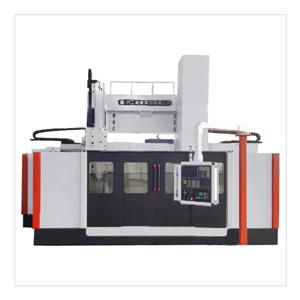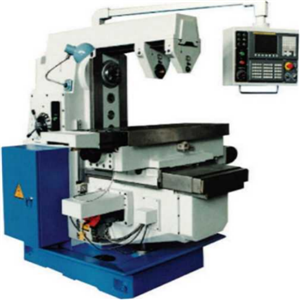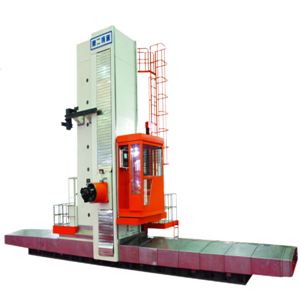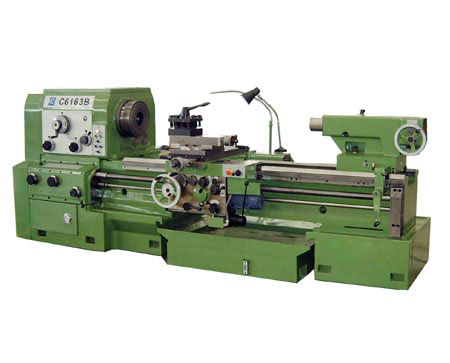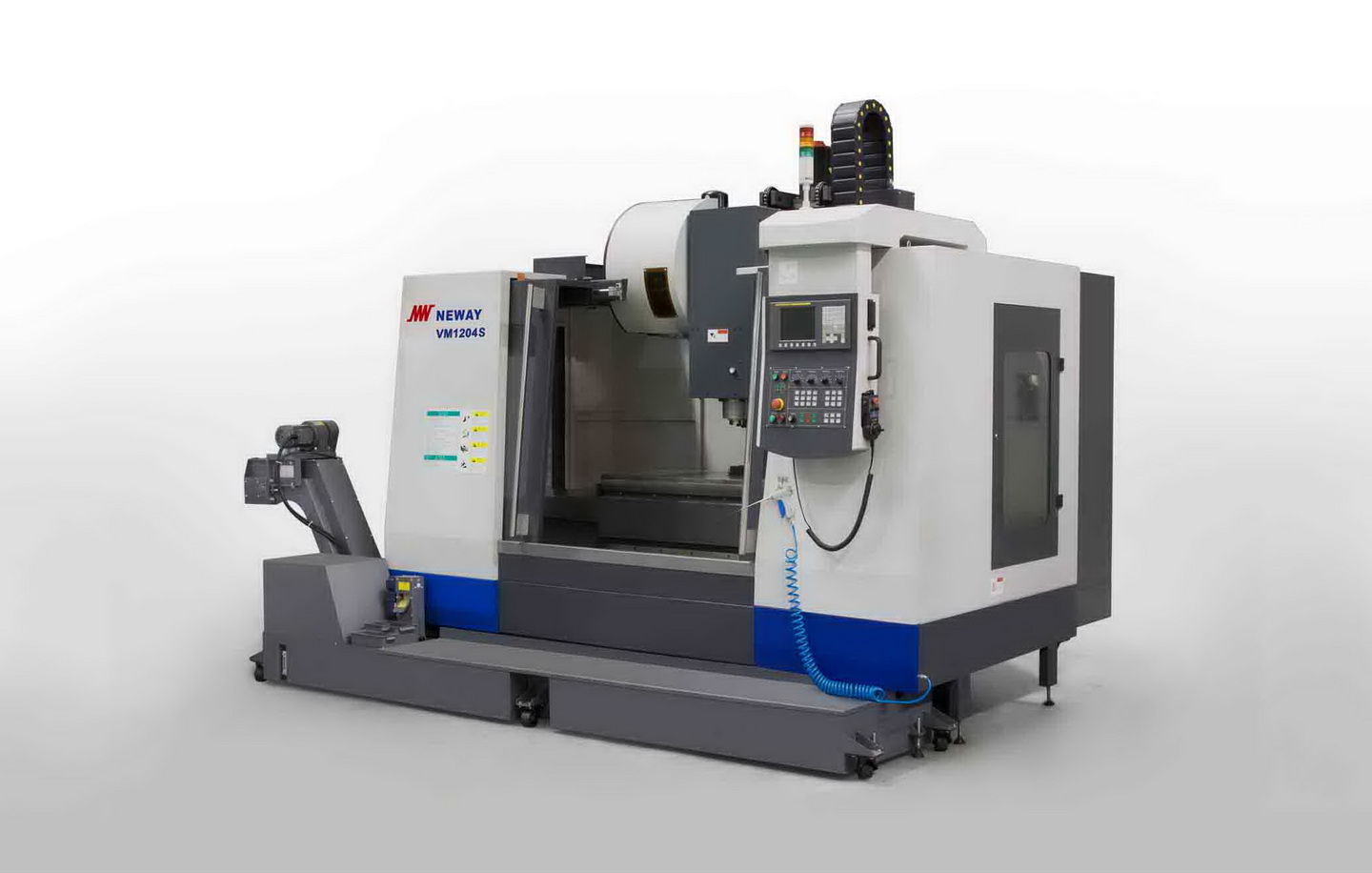The Cause of the Surface Ripple of the Workpiece in Horizontal Lathe Machining
When the horizontal lathe has been used for a long time, it is easy to cause ripples on the excircle or end face of the workpiece due to various factors in turning the workpiece. For example, the ripples on the surface of some workpieces are in a spiral shape, and the ripples on the surface of some workpieces are disorderly, and no rule can be found; The ripples on part of the workpiece surface are equidistant, the ripples on part of the workpiece surface are perpendicular to the workpiece axis, and the ripples on part of the workpiece surface are parallel to the workpiece axis. By analyzing the ripples on the excircle or end face of these workpieces, it can be found that the causes of the ripples are different.
1. Causes of equidistant ripple
In the process of horizontal lathe processing, it is often found that the workpiece shows circular ripples, which are perpendicular to the axis of the workpiece and have the same spacing. This is called equidistant ripples. If the worker uses a marker pen to make a mark on the workpiece, the same mark can be seen every other distance in the axial direction. Therefore, the height difference between the wave crest and the wave trough of equidistant ripples is very large, and the generation of equidistant ripples is mainly related to the following three factors.
(1) The slide plate will move longitudinally on the guide rail of the bed, but affected by the transmission parts of the horizontal lathe, the slide plate will also move in the up and down directions or left and right directions according to a certain movement cycle, and then the curve movement track of the slide plate will be left to the outer circle of the workpiece.
(2) If the service life of the horizontal lathe is long and the rack, gear and other parts are worn to varying degrees, the corresponding machining accuracy or fitting accuracy will gradually decrease, making the workpiece appear equidistant ripple. For example, if the rack wear is too serious or the gear shaft wear is too serious, resulting in low machining accuracy; Or the low fitting accuracy of the rack and the guide rail surface of the bed, and the low fitting accuracy of the gear shaft and the chute box hole will cause equal distance ripples on the workpiece surface, but the distance of the ripples is the same as the circumference of the rack.
(3) If equidistant ripples are also generated on the end face of the workpiece, it can be determined that the cause is related to the transmission mechanism. In a word, either of them will make the originally advancing middle carriage move in the left and right directions, and leave regular curves on the excircle or end face of the workpiece.
2. Chaotic ripples
In the process of horizontal lathe processing, the surface of the workpiece often appears chaotic ripples, that is, the ripples are messy and diverse, without any rules, and intermittent. In general, there are three reasons for disorderly ripples:
① The bearing of the main shaft is worn when rotating at high speed, and the vibration source is formed due to the failure to maintain uniform force during the rotation process, resulting in the vibration of the main shaft;
② There is an error between the spindle and the corresponding mating parts. In this way, if the spindle is running at a high speed, it will make irregular axial movement under the influence of error;
③ Under the long-term operation of the equipment, the main shaft housing bore shows obvious wear and aging, and the error between the bearing bore of the main shaft housing in the vertical direction and the spindle rotation axis makes it impossible to closely fit between the housing and the bearing.
3. Spiral ripple
The so-called spiral ripple is to form a ripple similar to the thread, with a gap between two adjacent ripples but not completely coincident. It is mainly related to the following three aspects:
① The fitting between the workpiece surface and the spindle is not tight;
② Too loose tool clamping;
③ The rigidity of the cutter bar does not meet the relevant standards.
For any reason, the workpiece will resonate with the tool in the longitudinal feed, and then there will be different degrees of displacement in the forward and backward directions. In this way, the unity of the cutting thickness of the workpiece cannot be effectively guaranteed, and high or low ripples will appear on the workpiece surface. Moreover, the vibration between the workpiece and the tool belongs to forced vibration, which is related to the vibration source outside the machine tool or the vibration of other parts of the machine tool. Therefore, the vibration frequency is not only affected by the frequency of external interference force, but also related to the imbalance of the spindle assembly itself. In addition, during the operation of the horizontal lathe, if the process system generates vibration, self-excited vibration may be induced, and the mutual position between the workpiece and the tool will be interfered, which will cause periodic vibration between them in addition to the normal cutting movement, resulting in spiral ripples on the workpiece surface. When spiral ripples appear, they are often accompanied by a harsh sound.

